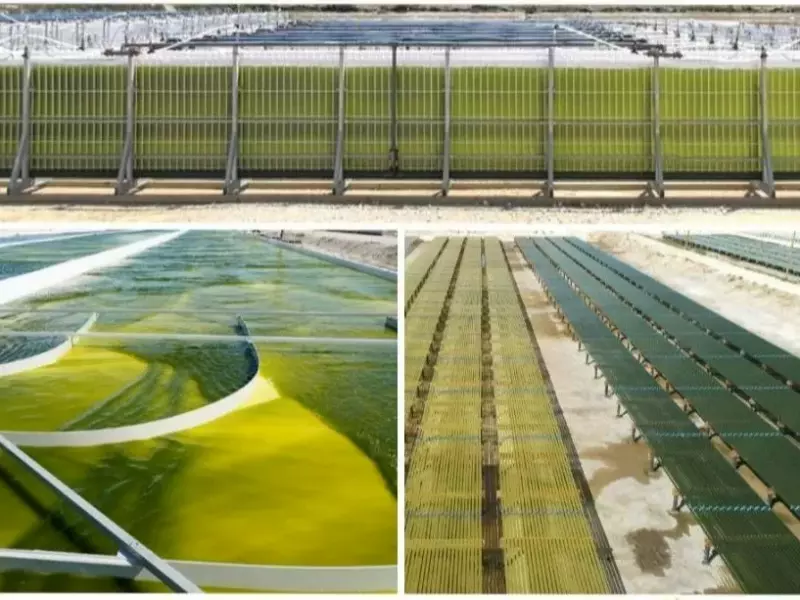| |
MULTI-STR3AM Newsletter #1 | Overview of last year’s activities
Dear subscriber,
Welcome to the first newsletter of the project MULTI-STR3AM! We bring you today a mix of interesting results from the project, a list of very promising events and recent updates on species approval for food. We bet you don't want to miss this!
|
|
|
 Latest News Latest News
|
|
|
Large scale production of microalgae |
|
|

| In the first 18 months of the project, A4F - Algae for Future produced a total of 1 ton of microalgae biomass from several strains! A combination of different cultivation systems available at ALGATEC Eco Business Park was used: flat panel-PBR, unilayer horizontal tubular-PBR and cascade raceway.
The biomass is harvested for extracting ingredients for food, feed and fragrance applications in multi-biorefinery approach. |
|
Chlorella strains have been classified as traditional food |
|
|

| Chlorella strains being produced heterotrophically within MULTI-STR3AM project have been classified as traditional food by European Commission.
For safety reasons, the EC developed a strict approval scheme for newly developed, innovative food, food produced using new technologies and production processes, as well as food which is or has been traditionally eaten outside of the EU. For algae, although they have been part of human nutrition for thousands of years, some are already approved for human nutrition due to their history consumption in the EU (before 15th May 1997), other species needed to submit a pre-market authorisation of Novel Foods to EFSA. |
|
 In Focus In Focus
|
|
|
The impact of HPH on Nannochloropsis sp. cells rupture |
|
|
LNEG team has sound and solid experience in microalgal cultivations monitoring by flow cytometry (FC), as a way to evaluate the cell physiological status, which determines the bioprocess performance.
As a partner in the MULTI-STR3AM project, using FC LNEG has evaluated the impact of high pressure homogenization (HPH, Figure 1) on Nannochloropsis sp. cells rupture, a crucial step before microalgal intracellular components extraction towards a multi-strain, multi-method, multi-product biorefinery (‘MULTI biorefinery’). This equipment allows the efficient microalgae cell rupture. |
|
|

| It can be seen that HPH affected the microalga cell size and granularity since, after treatment, they came out from the typical microalgal cell gate P1 and appeared in P2 region, as a result of the “smashed” effect of the HPH impact on their structure, becoming shorter and emptied. These FC results highlighted the HPH treatment efficacy on Nannochloropsis cells rupture, before the intracellular components extraction step.
|
|
 Upcoming Events Upcoming Events
|
|
|
| |
|
|

